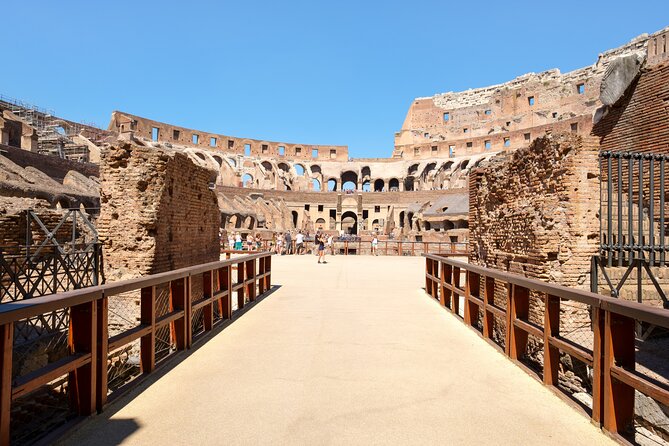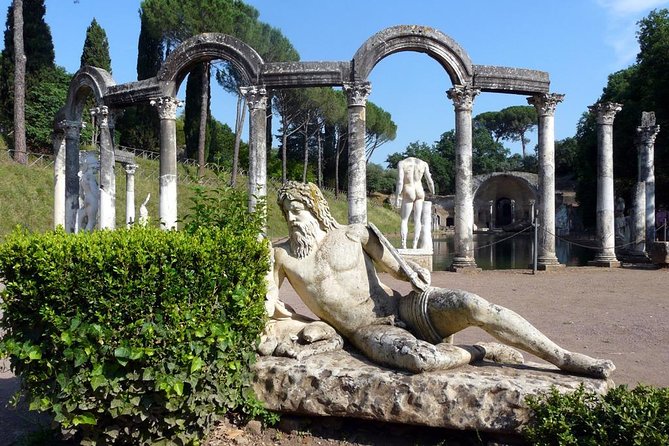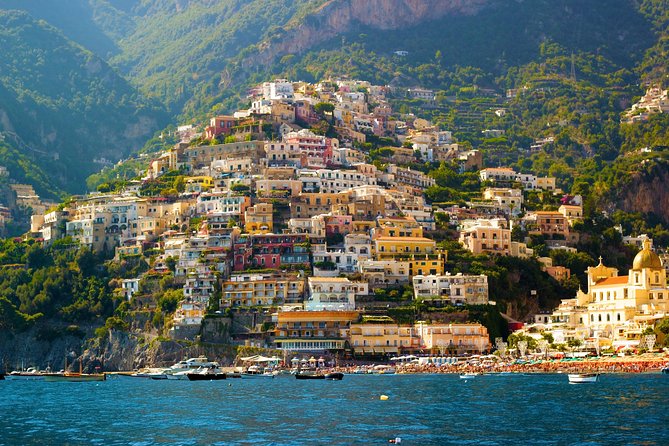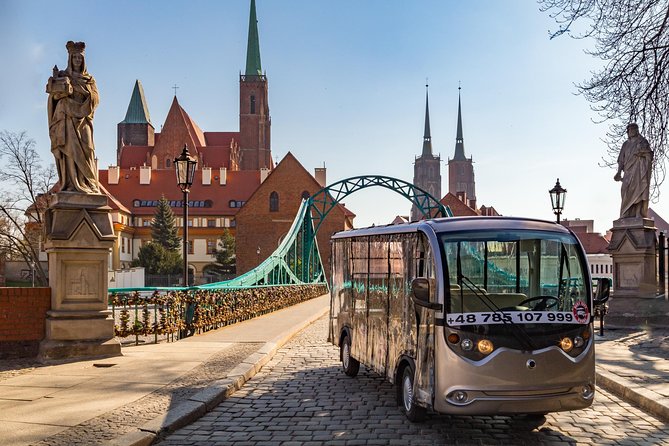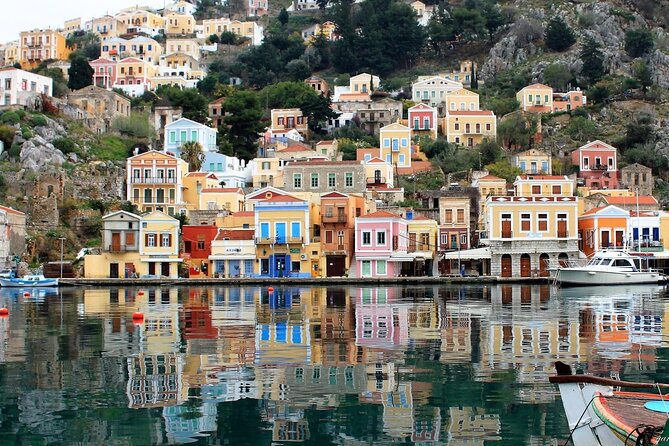Traveling carnivals, with their dazzling lights, skill-testing games, exhilarating rides, and excited children, are a familiar sight across the United States and Europe. The sensory overload of deep-fried delights, cotton candy, and festive noise is universal, as is the sneaking suspicion that you might be getting swindled.
Old World Meets Neon Lights
However, there’s one striking difference between American and European traveling carnivals: the backdrop. In Europe, these lively fairs often set up shop against a backdrop of centuries-old architecture, creating a dramatic juxtaposition.
Picture this: towering, neon-lit rides whirling and spinning next to stately 16th-century buildings. It’s a visual contrast that’s both jarring and fascinating.
Kermis in Venlo
Recently, a traveling carnival, known as a “kermis” in Dutch, rolled into Venlo, a city in the southeastern Netherlands. The fair set up shop right in the heart of the historic city center, offering a unique photographic opportunity.
Ferris Wheel Meets City Hall
One of the most striking sights was the massive Ferris wheel, its colorful lights twinkling against the façade of Venlo’s old City Hall. This Renaissance-style building, with its stepped gables and ornate clock tower, provided a stunning backdrop for the modern carnival attraction.
Rides by the River
Another interesting juxtaposition could be seen near the Meuse River, which runs through Venlo. The carnival set up along the riverbank, with rides and stalls stretching out in front of the city’s iconic railway bridge.
This steel bridge, built in the early 20th century, is a landmark of Venlo. Seeing it flanked by the bright lights and whirling machines of the carnival created a fascinating visual contrast.
Capturing the Contrast
For photography enthusiasts, these traveling carnivals in European cities offer a wealth of interesting subjects. The interplay of old and new, the vibrant colors against aged stone, and the lively energy of the fair against the stately calm of historic buildings all make for compelling images.
If you find yourself in a European city when a traveling carnival comes to town, be sure to bring your camera. Wander the streets around the fair, taking in the sights from different angles. Look for those moments where the carnival and the city’s history collide in a vivid, thought-provoking way.
Beyond the Visuals
Of course, traveling carnivals in Europe are more than just a pretty picture. They’re a beloved tradition, a chance for communities to come together, let loose, and have some fun.
For visitors, they offer a taste of local flavor. Trying your hand at a game, sampling some regional carnival fare, or simply people-watching can provide insights into the local culture and way of life.
A Timeless Tradition
Traveling carnivals have been a part of European life for centuries. In medieval times, fairs were often tied to religious festivals or trade events. Over time, they evolved into the lively, secular affairs we know today.
Despite the passage of time and the changing world around them, these carnivals have endured. They continue to bring joy, excitement, and a sense of community wherever they go.
Experiencing the Contrast
So next time you find yourself in a European city, keep an eye out for a traveling carnival. Take a stroll through the fair, camera in hand, and soak in the unique atmosphere.
Marvel at the sight of a towering Ferris wheel against a centuries-old church. Chuckle at the juxtaposition of a flashy carousel in front of a stately government building. Capture the vibrant energy of the carnival against the timeless beauty of the city’s historical heart.
It’s an experience that’s at once timeless and of the moment, a colorful contrast that’s quintessentially European.

